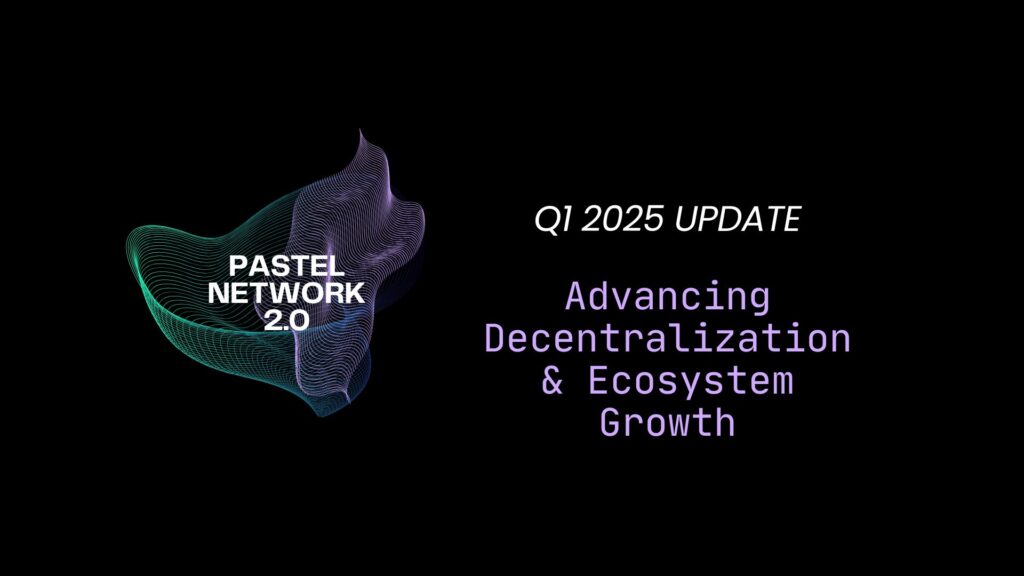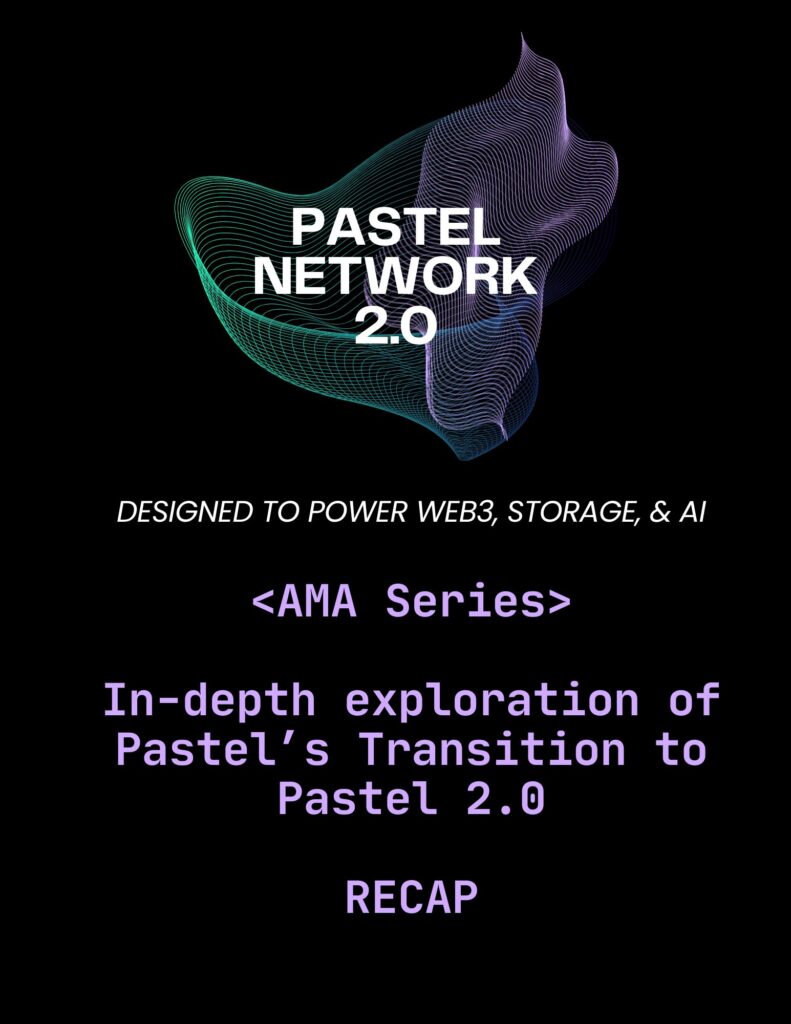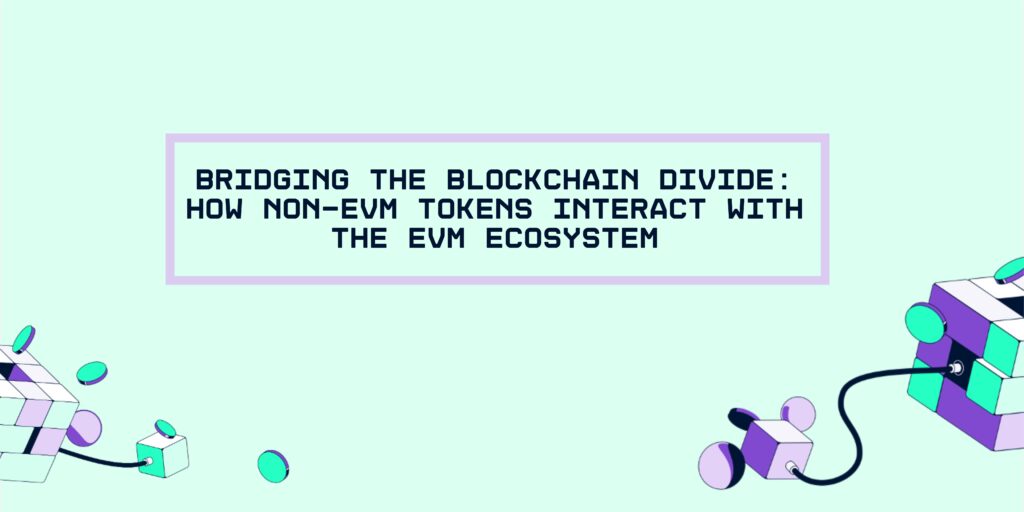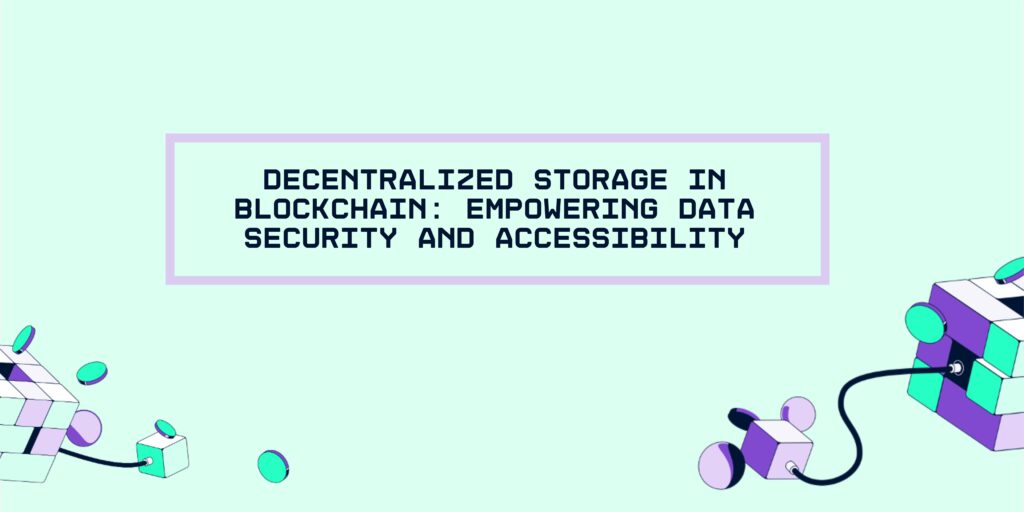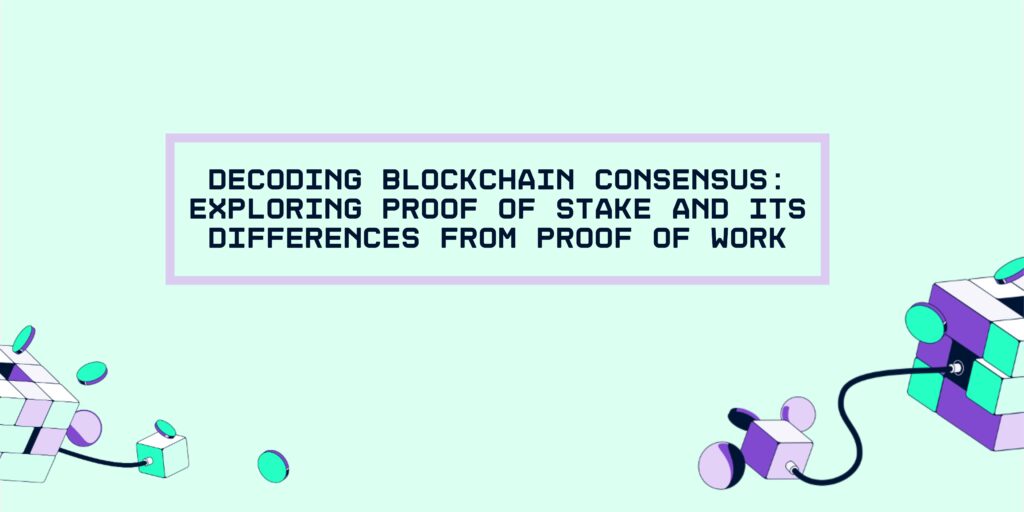The Future of Decentralized Infrastructure: Advancements in Blockchain Technology
Blockchain technology, initially recognized for its role in powering cryptocurrencies like Bitcoin, has grown into a transformative force across various industries. The decentralized nature of blockchain offers a robust framework for creating secure, transparent, and tamper-proof systems. As we look to the future, advancements in blockchain technology are set to revolutionize decentralized infrastructure, opening up new possibilities and addressing existing challenges. This article explores the future of decentralized infrastructure and the key advancements driving this transformation, with a focus on the innovative solutions provided by Pastel Network’s Cascade protocol and Inference.
The Need for Decentralized Infrastructure
Centralized systems, while efficient in many ways, come with significant drawbacks:
- Single Points of Failure: Centralized systems are vulnerable to failures, hacks, and disruptions, which can lead to significant data loss and service downtime.
- Control and Censorship: Centralized entities have the power to control and censor data, which can limit freedom of expression and access to information.
- Lack of Transparency: Centralized systems often lack transparency, leading to issues of trust and accountability.
Decentralized infrastructure addresses these challenges by distributing control and data across a network, enhancing security, transparency, and resilience.
Key Advancements in Blockchain Technology
- Scalability Solutions
One of the primary challenges for blockchain technology has been scalability. Early blockchains like Bitcoin and Ethereum faced limitations in transaction throughput and speed. Advancements in scalability solutions are crucial for supporting the widespread adoption of decentralized infrastructure.- Layer 2 Solutions: Technologies like the Lightning Network for Bitcoin and Plasma for Ethereum enable faster and more scalable transactions by handling most operations off-chain while relying on the main blockchain for security and final settlement.
- Sharding: Sharding divides the blockchain into smaller, more manageable pieces (shards), each capable of processing transactions in parallel. Ethereum 2.0 is implementing sharding to significantly enhance its scalability.
- Interoperability Protocols
For decentralized infrastructure to be truly effective, different blockchain networks need to communicate and interact seamlessly. Interoperability protocols are key to achieving this goal.- Polkadot: Polkadot enables different blockchains to transfer messages and value in a trust-free fashion through its relay chain and parachains. This architecture allows diverse blockchains to operate together harmoniously.
- Cosmos: Cosmos facilitates interoperability through its Inter-Blockchain Communication (IBC) protocol, enabling blockchains to exchange data and assets securely.
- Smart Contract Enhancements
Smart contracts are self-executing contracts with the terms of the agreement directly written into code. Enhancements in smart contract technology are expanding their capabilities and usability.- Formal Verification: Formal verification uses mathematical methods to prove the correctness of smart contracts, reducing the risk of bugs and vulnerabilities.
- Layer 2 Smart Contracts: Layer 2 solutions like zk-Rollups and Optimistic Rollups enhance the scalability and efficiency of smart contracts by processing them off-chain and settling on the main blockchain.
- Privacy and Security Improvements
Privacy and security are paramount in decentralized infrastructure. Recent advancements are making blockchains more secure and private.- Zero-Knowledge Proofs (ZKPs): ZKPs allow one party to prove to another that a statement is true without revealing any information beyond the truth of the statement itself. This enhances privacy in transactions and smart contracts.
- Confidential Transactions: Technologies like Confidential Transactions and MimbleWimble enhance the privacy of blockchain transactions by hiding the transaction amounts and parties involved.
- Energy Efficiency
The environmental impact of blockchain technology, particularly proof-of-work (PoW) systems, has been a major concern. Advancements are making blockchain more energy-efficient.- Proof-of-Stake (PoS): PoS replaces energy-intensive mining with a system where validators are chosen based on the number of tokens they hold and are willing to “stake” as collateral. Ethereum’s transition to Ethereum 2.0 involves a shift from PoW to PoS.
- Alternative Consensus Mechanisms: Other consensus mechanisms, such as Delegated Proof-of-Stake (DPoS) and Practical Byzantine Fault Tolerance (PBFT), offer more energy-efficient alternatives to PoW.
Pastel Network’s Innovations: Cascade and Inference
The Pastel Network exemplifies how advancements in blockchain technology can enhance decentralized infrastructure through its innovative Cascade protocol and Inference tools.
- Cascade Protocol: Decentralized Storage Solution
Cascade is Pastel Network’s decentralized storage protocol designed to address the risks associated with centralized storage solutions.- Redundant and Distributed Storage: Cascade uses a distributed network of nodes to store NFT data. When an NFT is created, its data is split into multiple fragments and distributed across the network. This redundancy ensures that the data remains accessible even if some nodes go offline or are compromised.
- Immutable Data Integrity: The data stored using Cascade is immutable, meaning it cannot be altered once it is saved. This guarantees the integrity and authenticity of the NFT data, providing creators and owners with confidence that their digital assets are secure and untampered.
- Long-Term Availability: Cascade incentivizes nodes to store and maintain NFT data over the long term. Nodes are rewarded for their storage contributions, ensuring that data remains available indefinitely. This mechanism addresses the concern of data permanence and guarantees the longevity of NFTs.
- Inference: AI and LLM Tooling for Builders
Inference is Pastel Network’s suite of AI and Large Language Model (LLM) tools designed to empower developers and enhance the functionality of decentralized applications (dApps).- Advanced Data Analysis: Inference tools enable developers to analyze vast amounts of data efficiently, providing insights and enhancing decision-making processes. This is particularly valuable for complex dApps that require real-time data analysis.
- Enhanced User Experience: By integrating AI-driven features, developers can create more intuitive and responsive dApps. For example, chatbots and virtual assistants powered by LLMs can improve user interaction and support.
- Automated Processes: Inference tools can automate various processes within dApps, reducing the need for manual intervention and increasing operational efficiency. This includes automating smart contract execution, data validation, and more.
The Future of Decentralized Infrastructure
- Decentralized Finance (DeFi)
DeFi is one of the most promising applications of decentralized infrastructure, offering financial services without intermediaries. Future advancements will enhance the security, scalability, and usability of DeFi platforms, making them more accessible to a global audience. - Decentralized Autonomous Organizations (DAOs)
DAOs enable decentralized governance of organizations through blockchain-based voting and decision-making systems. Future advancements will enhance the functionality and efficiency of DAOs, enabling more complex and large-scale decentralized governance structures. - Decentralized Storage and Computing
Decentralized storage solutions like IPFS and decentralized computing platforms like Ethereum and EOS are paving the way for a decentralized internet. Future advancements will make these systems more robust, scalable, and user-friendly. - Digital Identity and Privacy
Decentralized digital identity solutions will give individuals control over their personal information, enhancing privacy and security. Blockchain-based identity systems will enable secure and seamless authentication across different platforms and services. - Cross-Industry Applications
Beyond finance and governance, decentralized infrastructure will revolutionize industries such as supply chain management, healthcare, and real estate. Blockchain technology will enhance transparency, security, and efficiency across various sectors.
Conclusion
The future of decentralized infrastructure is bright, with ongoing advancements in blockchain technology driving this transformation. Scalability solutions, interoperability protocols, smart contract enhancements, privacy improvements, and energy-efficient consensus mechanisms are laying the foundation for a more secure, transparent, and resilient digital future. Innovations like Pastel Network’s Cascade protocol and Inference tools exemplify how decentralized storage and AI-driven functionalities can enhance the capabilities and security of decentralized applications. As these technologies continue to evolve, decentralized infrastructure will unlock new possibilities, empowering individuals and organizations to operate in a more open, decentralized, and efficient manner.

